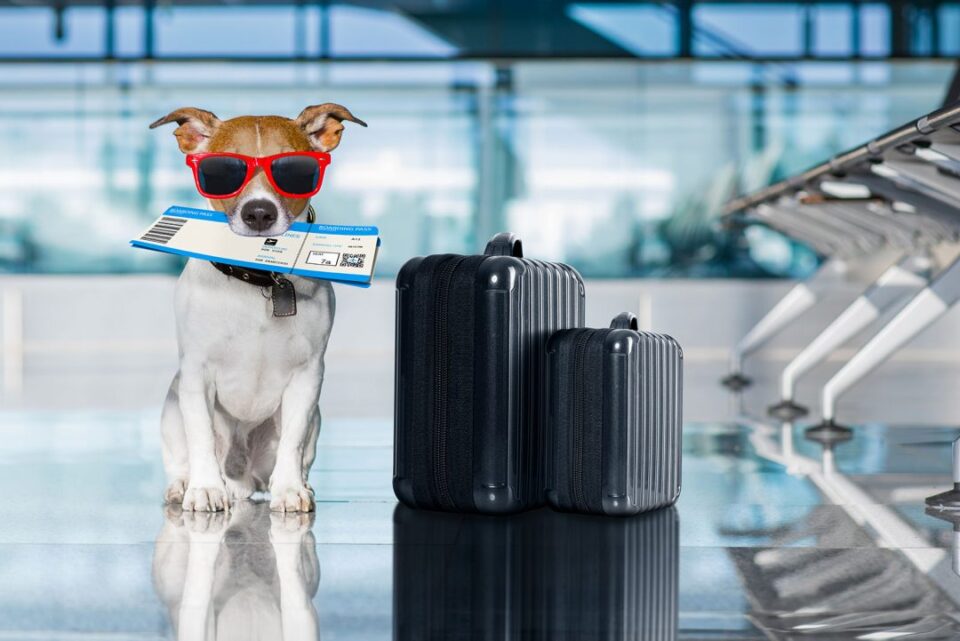Traveling with pets can be both exciting and challenging, especially when you’re considering the needs of your furry companions. Whether you’re planning a road trip or flying across the country, understanding the differences between traveling with dogs and cats can help you prepare better and ensure a smoother journey for everyone involved.
Understanding Your Pet’s Needs
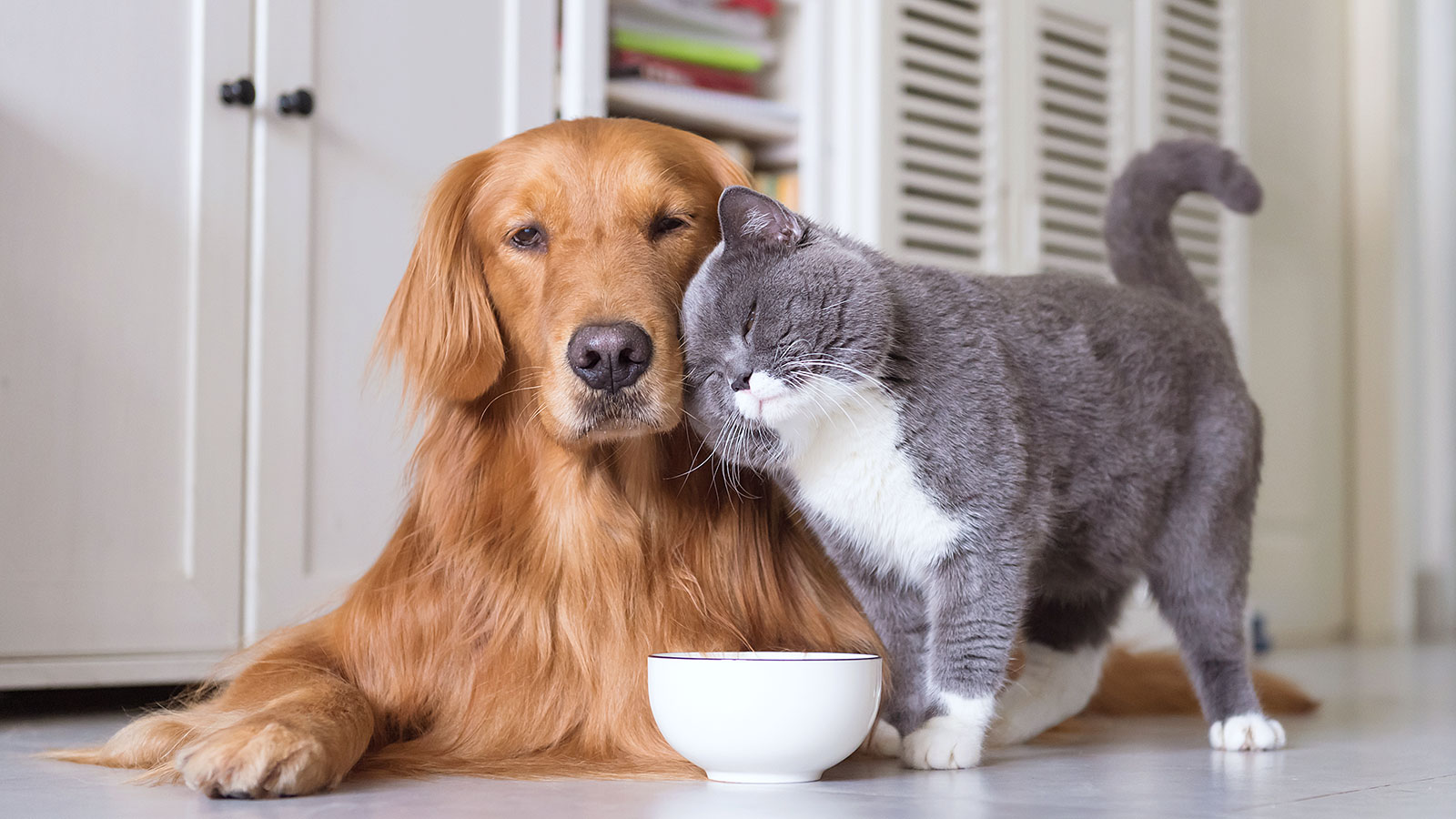
First and foremost, dogs and cats have distinct needs and behaviors that significantly influence how they handle travel. Dogs are generally more adaptable to new environments and routines, making them somewhat easier to travel with. They are often more social and enjoy being with their owners, which can make road trips or flights less stressful for them.
On the other hand, cats are known for their independent nature. They are creatures of habit and tend to feel more secure in familiar surroundings. Traveling can be stressful for cats, as they may not enjoy changes in environment or routines. Understanding these differences is crucial when planning a trip with your pets.
Mode of Transportation
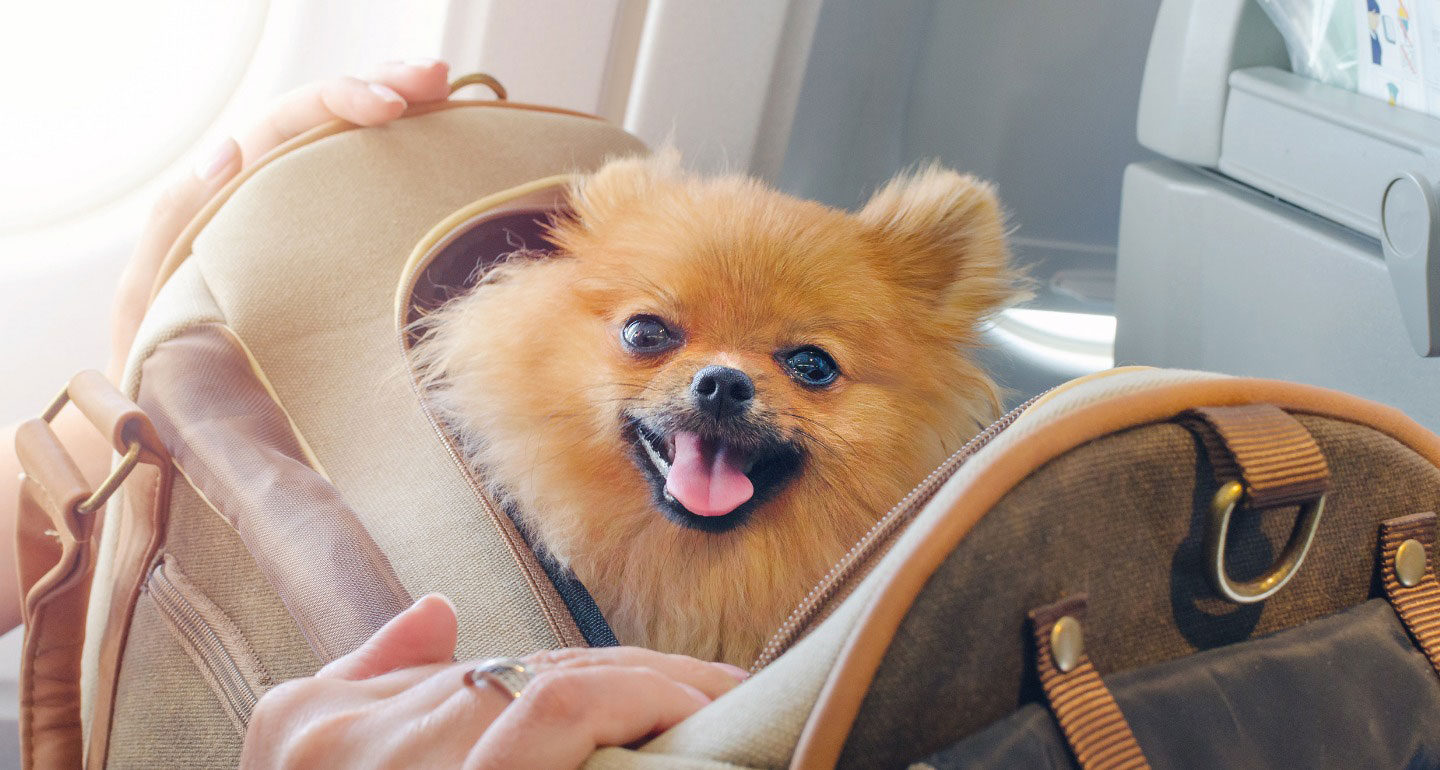
The mode of transportation you choose will also impact your pet’s travel experience. When traveling by car, dogs often do well with proper restraint systems such as harnesses or crates. They may enjoy looking out the window and can take bathroom breaks relatively easily at rest stops.
Cats, however, typically prefer confined spaces where they feel safe. It’s essential to use a secure cat carrier that allows them to see out but prevents them from escaping. Additionally, some cats may need time to acclimate to car travel, so short practice drives before a long trip can help them adjust.
Air travel presents different challenges altogether. Most airlines have specific regulations regarding pet travel, including crate size and health requirements. Dogs that are small enough to fit under the seat in a carrier may find flying more manageable, especially if they are used to being in a crate.
Cats may find flying particularly stressful due to the unfamiliar noises and sensations. If flying with a cat, it’s crucial to consult with your veterinarian and the airline to ensure all requirements are met and to explore options that minimize stress.
Health and Safety Considerations
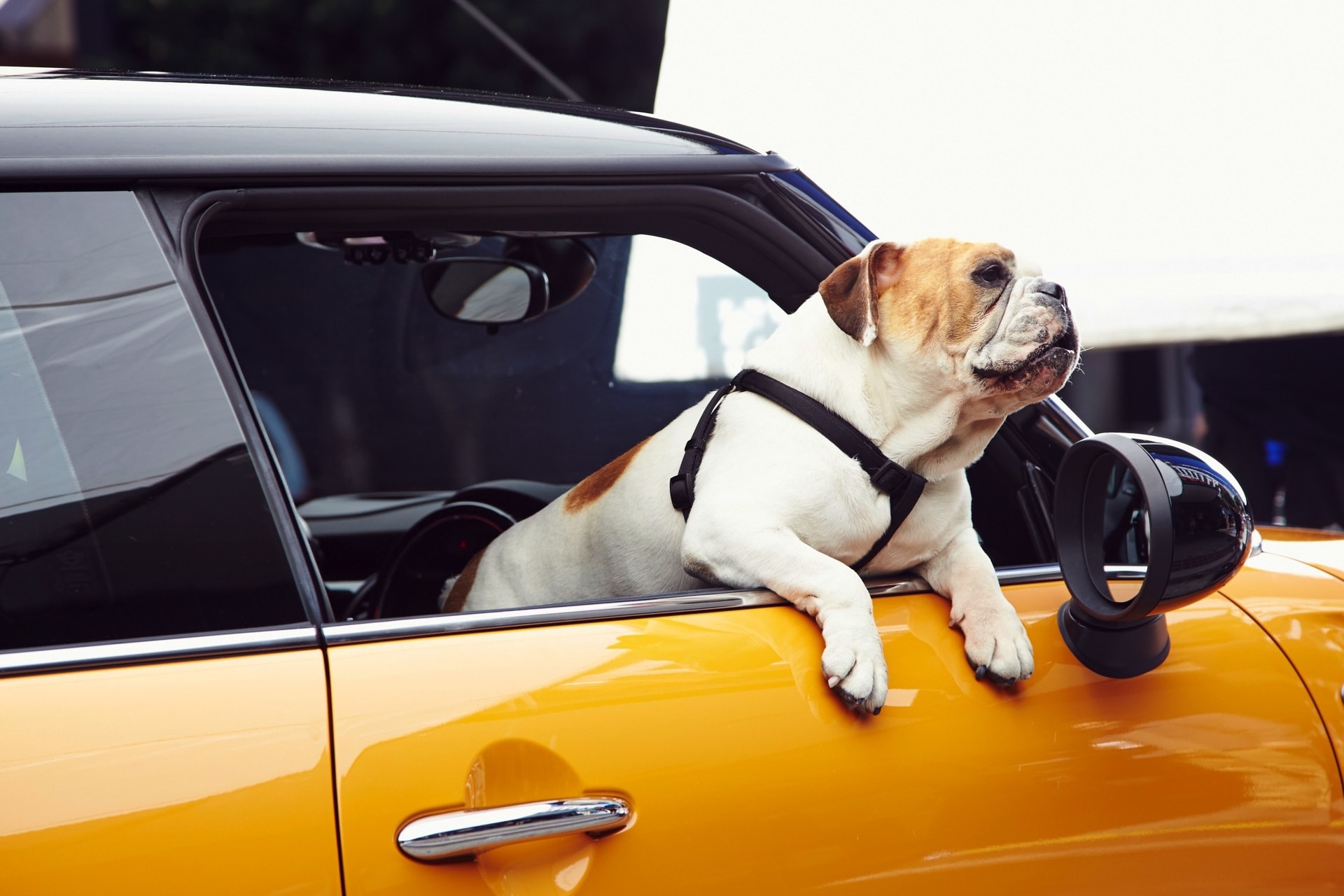
The health and safety of your pets should always be a top priority when traveling. Dogs are generally more resilient to changes in routine and environment but still require adequate food, water, and bathroom breaks during travel. It’s essential to plan stops along your route where your dog can stretch their legs and relieve themselves.
Cats, being more sensitive to changes, may need extra attention to their comfort and well-being. Ensure they have access to their favorite bedding, toys, and familiar scents in their carrier. Additionally, maintain their regular feeding schedule and provide water to keep them hydrated.
Before any trip, regardless of the mode of transportation, visit your veterinarian for a health check-up. Ensure your pets are up-to-date on vaccinations and have any necessary medications or health certificates required for travel. This preparation can prevent potential health issues and ensure a smoother journey.
Accommodations and Pet-Friendly Options
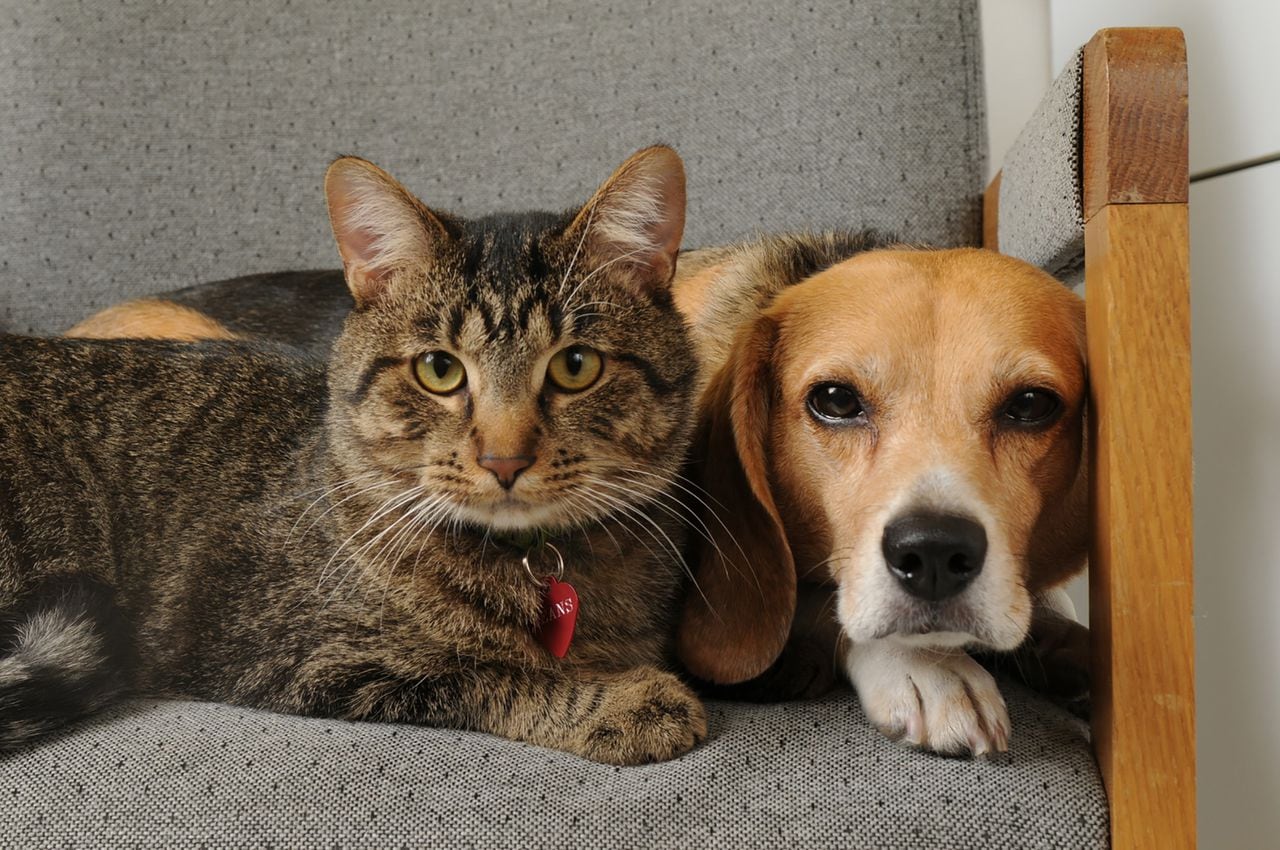
When planning your trip, consider accommodations that are pet-friendly. Many hotels and rental properties welcome dogs and cats, but it’s essential to confirm their pet policies and any additional fees. Some accommodations may offer amenities such as pet beds, food bowls, and designated pet areas, which can make your stay more comfortable.
Research local parks, trails, and other outdoor spaces that are pet-friendly so you can incorporate activities that both you and your pet will enjoy. Remember to respect leash laws and clean up after your pet to ensure a positive experience for everyone.
Tips for a Successful Trip
Regardless of whether you’re traveling with a dog or cat, here are some universal tips to ensure a successful trip:
- Plan Ahead: Research pet policies, transportation options, and accommodations well in advance.
- Pack Essentials: Bring food, water, bowls, medications, vet records, and comfort items for your pet.
- Comfort and Safety: Ensure your pet is secure and comfortable during travel, whether in a crate or carrier.
- Take Breaks: Schedule regular breaks for bathroom breaks, exercise, and mental stimulation.
- Stay Calm: Pets can sense your emotions, so staying calm and relaxed can help reduce their anxiety.
Conclusion
Traveling with pets requires careful planning and consideration of their individual needs. Dogs and cats have different temperaments and requirements when it comes to travel, from transportation preferences to health considerations and accommodations. By understanding these differences and preparing accordingly, you can ensure a safe and enjoyable trip for both you and your furry companions. Whether you’re embarking on a road trip or flying to a new destination, taking the time to plan ahead will help you create lasting memories with your pets by your side.

